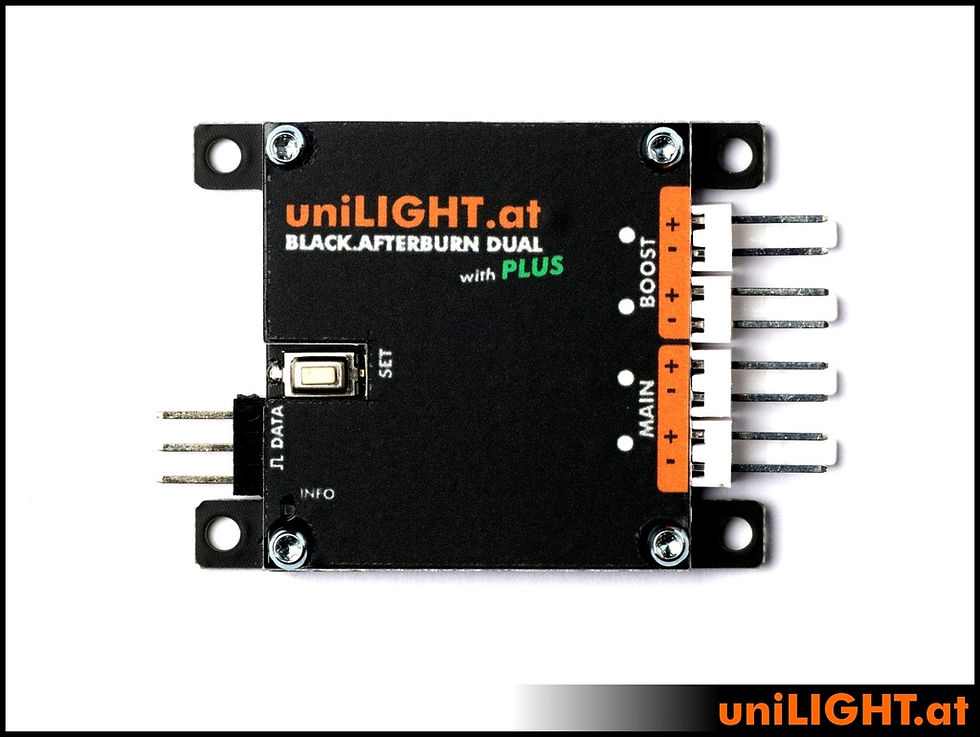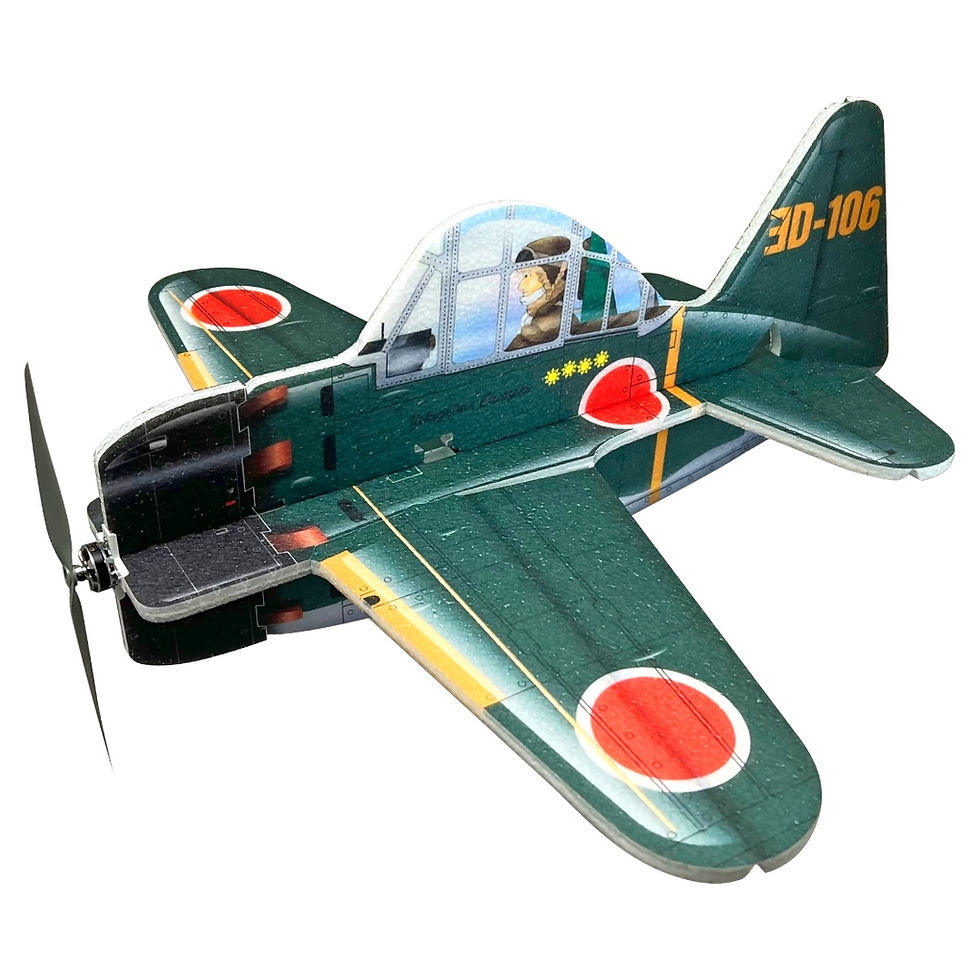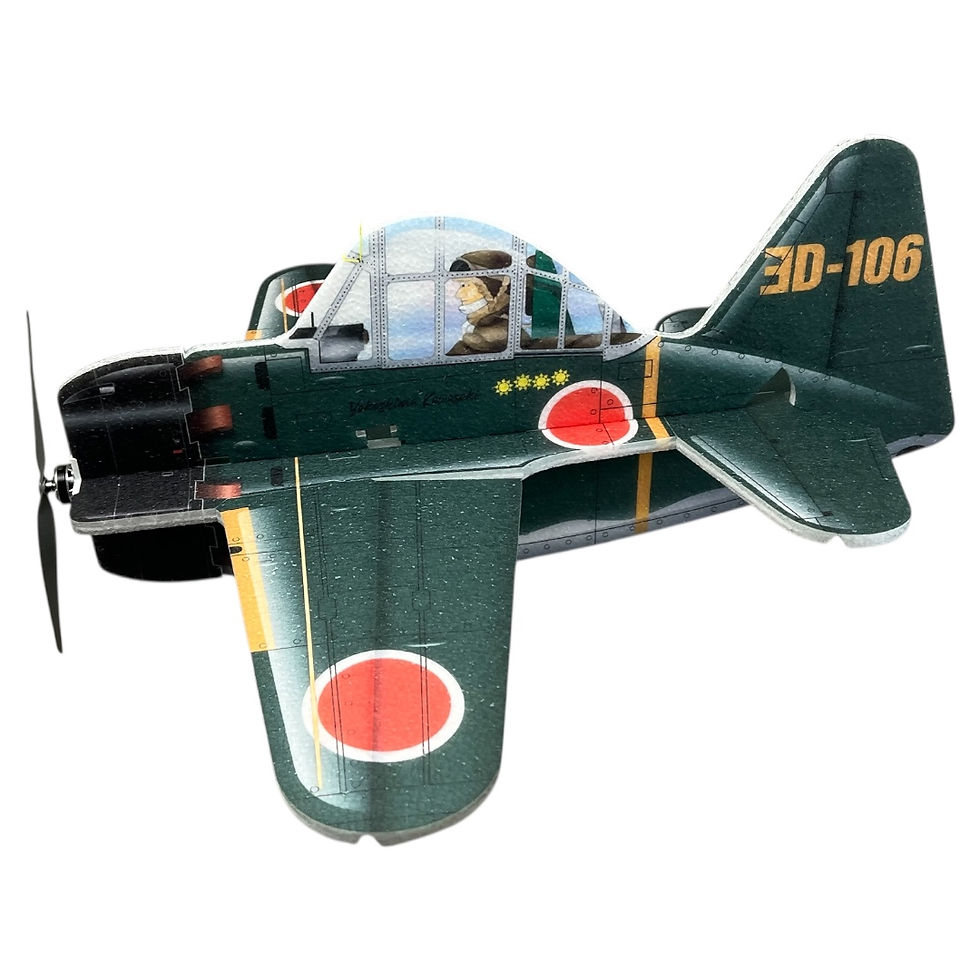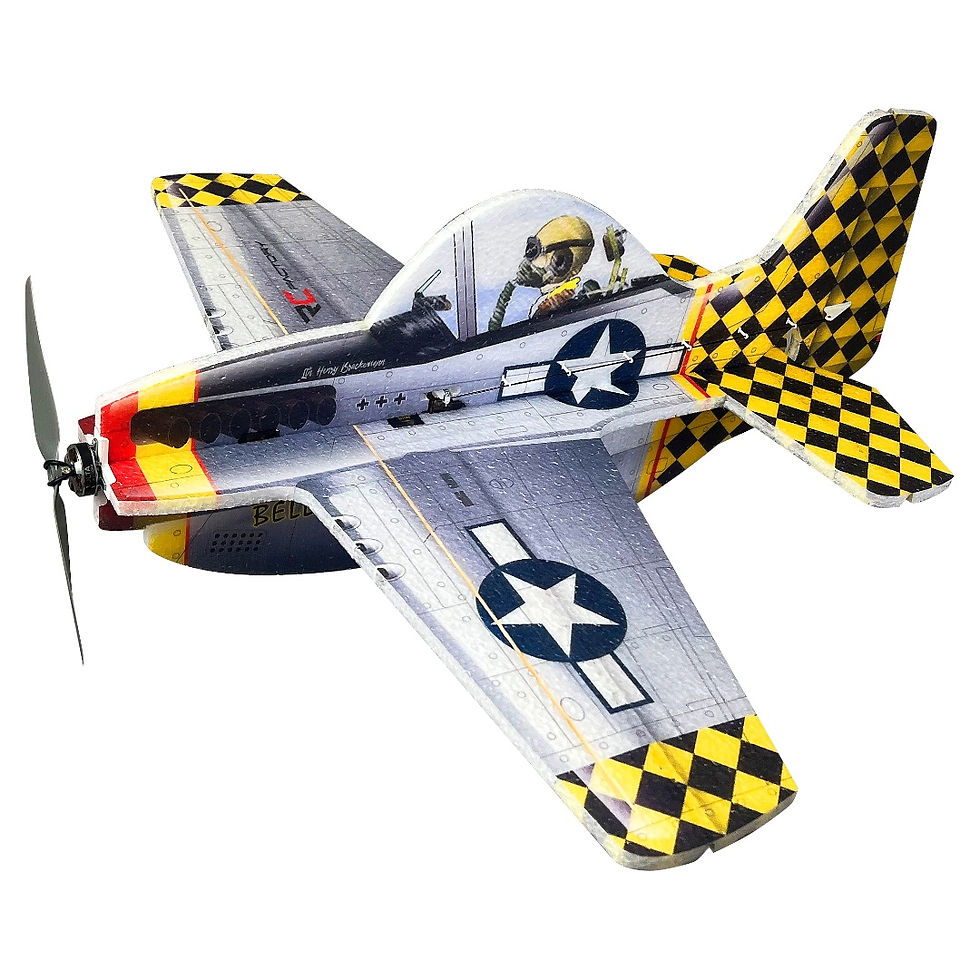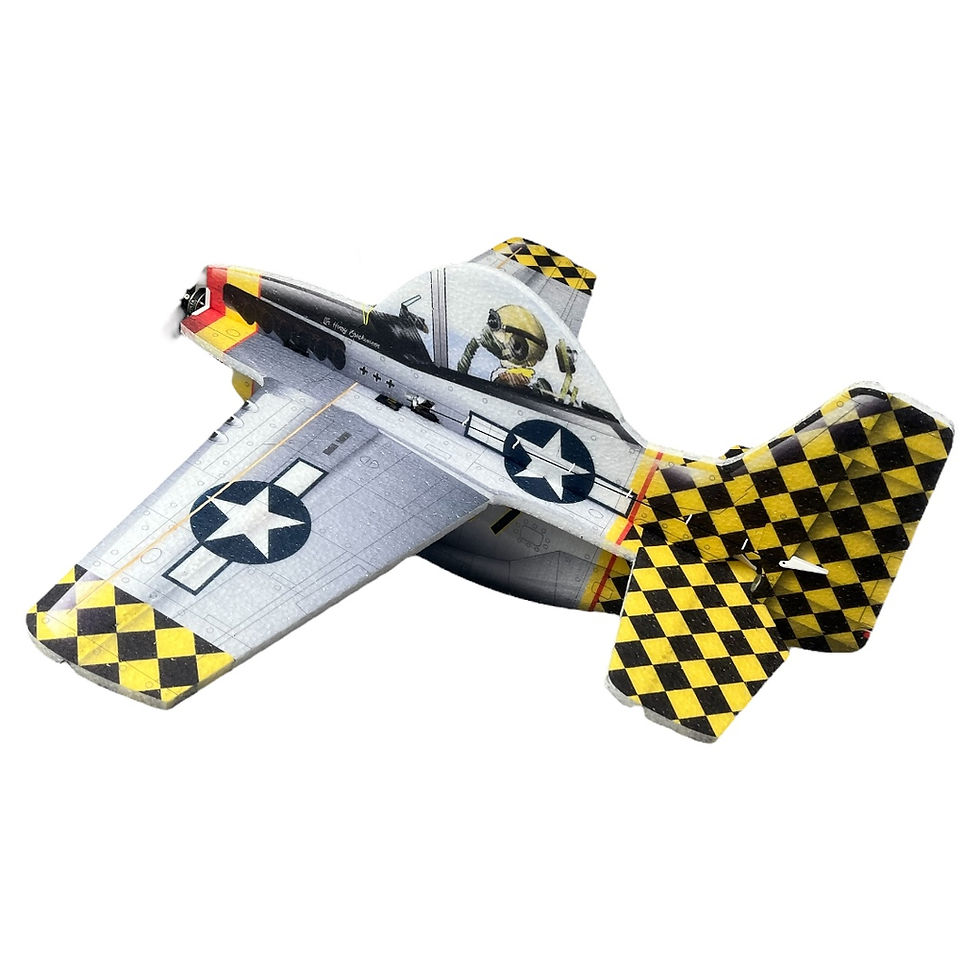Fokker E.III Eindecker 450mm Laser rakennussarja sisältää moottorin
Fokker Eindecker -hävittäjät olivat sarja ensimmäisen maailmansodan aikana käytettäviä saksalaisia yksitasoisia yksipaikkaisia hävittäjiä, jotka on suunnitellut hollantilainen insinööri Anthony Fokker. Huhtikuussa 1915 kehitetty ensimmäinen Eindecker ("Monoplane") oli ensimmäinen tarkoitukseen rakennettu saksalainen hävittäjälentokone ja ensimmäinen lentokone, joka oli varustettu synkronointivaihteella, jonka avulla lentäjä pystyi ampumaan konekiväärillä potkurin läpi. Eindecker antoi Saksan lentoasemalle jonkin verran ilmaylivoimaa heinäkuusta 1915 vuoden 1916 alkuun. Tämän ajanjakson aikana, jolloin liittoutuneiden lentäjät pitivät huonosti aseistettuja lentokoneitaan "Fokker Fodderina", tunnettiin nimellä "Fokker Scourge".
Fokker E.III oli Eindeckerin (kirjaimellisesti yksikerroksisen) hävittäjäkoneen pääversio, ja sitä toimitettiin myös Itävalta-Unkariin ja Turkkiin Saksan lisäksi. E.111:ssä ja E.11:ssä oli suuremmat siivet kapealla jänteellä. Suurin osa E.111-koneista oli varustettu suuremmalla polttoainesäiliöllä ohjaamon takana, mikä antoi sille 2½ tuntia enemmän toimintaaikaa kuin E.11.
Suurin osa E.III:ista oli aseistettu yhdellä 7,92 mm:n (0,312 tuuman) Spandau LMG 08 -konekiväärillä, jossa oli 500 patruunaa.
Fokkerin tuotantoluvut osoittavat, että E.III:ta valmistettiin 249 kappaletta; Kuitenkin monet 49 E.II:sta päivitettiin E.III-standardin mukaisiksi, kun ne palautettiin Fokkerin Schwerinin tehtaalle korjattavaksi.
E.III oli ensimmäinen tyyppi, jota saapui riittävä määrä muodostamaan pieniä erikoishävittäjiä Kampfeinsitzer Kommandos (KEK) vuoden 1916 alussa.
Aiemmin Fokker Eindeckerit oli jaettu yksittäin, aivan kuten E.I ja E.II, etulinjan Feldflieger Abteilungenille, joka suoritti tiedustelutehtäviä.
10. elokuuta 1916 muodostettiin ensimmäiset saksalaiset Jagdstaffelnit (yksipaikkaiset hävittäjälentueet), jotka oli alun perin varustettu erilaisilla varhaisilla hävittäjätyypeillä, mukaan lukien muutamat E.III-hävittäjät, kun E.111-lentokoneita oli saatavilla, ne olivat vanhentuneet ja korvattiin nykyaikaisemmilla hävittäjillä. Jagdstaffelnin standardointi (ja mikä tahansa todellinen menestys) joutui odottamaan Albatros D.I:n ja Albatros D.II:n saatavuutta vuoden 1917 alussa.
Turkkilaiset E.III:t sijaitsivat Beershebassa Palestiinassa, kun taas toiset toimivat Mesopotamiassa Kut-al-Amaran piirityksen aikana.
Sarja sisältää:
- Kaikki tarvittavat balsa osat (laser leikatut)
- Saranat, hiilikuitu putket, ruuvit, magneetit
- Päällyste paperin, piirustukset
- Moottorin alennusvaihteella
Tekniset tiedot:
Kärkiväli: 450mm
Mittakaava: 1:20
Vaikeustaso: kokenut rakentaja
Lentopaino: 40-45g
Moottori: 8.5mm sekä potkuri
The Fokker Eindecker fighters were a series of German World War I monoplane single-seat fighter aircraft designed by Dutch engineer Anthony Fokker. Developed in April 1915, the first Eindecker ("Monoplane") was the first purpose-built German fighter aircraft and the first aircraft to be fitted with a synchronization gear, enabling the pilot to fire a machine gun through the arc of the propeller without striking the blades. The Eindecker gave the German Air Service a degree of air superiority from July 1915 until early 1916. This period, during which Allied aviators regarded their poorly armed aircraft as "Fokker Fodder", became known as the "Fokker Scourge".
The Fokker E.III was the main variant of the Eindecker (literally meaning "one deck") fighter aircraft and was also supplied to Austria-Hungary and Turkey in addition to Germany. The E.111 and E.11 had larger span wings with a narrower chord. Most E.111 aircraft were fitted with a larger tank behind the cockpit which gave it an endurance of 2 ½ hours more than the E.11.
Most E.IIIs were armed with a single 7.92 mm (.312 in) Spandau LMG 08 machine gun with 500 rounds of ammunition; however, after the failure of the twin-gun Fokker E.IV as a viable successor, some E.IIIs were fitted with twin guns.
Fokker production figures state that 249 E.IIIs were manufactured; however, a number of the 49 E.IIs were upgraded to E.III standard when they were returned to Fokker's Schwerin factory for repairs.
The E.III was the first type to arrive in sufficient numbers to form small specialist fighter units, Kampfeinsitzer Kommandos (KEK) in early 1916.
Previously, Fokker Eindeckers had been allocated singly, just as the E.I and E.II had been, to the front-line Feldflieger Abteilungen that carried out reconnaissance duties.
On 10 August 1916, the first German Jagdstaffeln (single-seat fighter squadrons) were formed, initially equipped with various early fighter types, including a few E.IIIs, by the time numbers of E .111 aircraft were available they had become outmoded and were being replaced by more modern fighters. Standardisation in the Jagdstaffeln (and any real success) had to wait for the availability in numbers of the Albatros D.I and Albatros D.II in early 1917.
Turkish E.IIIs were based at Beersheba in Palestine while others operated in Mesopotamia during the Siege of Kut-al-Amara.








